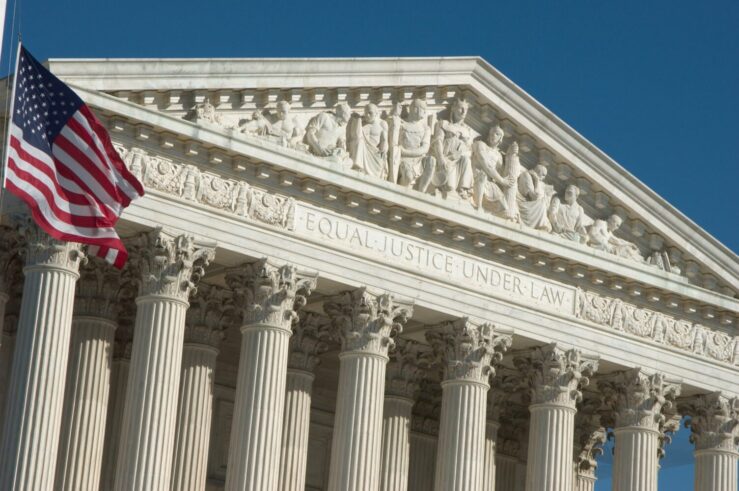Upon the advice of my friend Kate Litvak, I took a short summer vacation to Walt Disney World. (In reality, the trip was a work excursion, to meet up with the other Professor Nowicki to work on an executive compensation paper. But the good news is that the other Professor Nowicki was then at Walt Disney World, so I was able to treat the work trip as a bit of a vacation.)Â
The following vexing math problem arose on the trip, and I am offering it to the group for your consideration:
Dad Nowicki, Professor Nowicki, and the Other Professor Nowicki go to lunch.  The Other Professor Nowicki, due to a professional relationship with “The Institution,” gets a 20% discount for all on lunch. The 20% comes off of the total bill, before tax. Gratuity of 18% is automatically added before the discount is taken. Tax in this state is 8%. The total bill comes to $44.21.
How much was the original price of each person’s meal?
I am not going to tell you how long it took me to calculate the answer to this question – I blame it on the post-lunch food coma.  Tell me how long it takes you. The shortest time *wins* the lingering Univ. of Richmond. John Armstrong and James Grimmelman are disqualified from the competition for obvious reasons.



